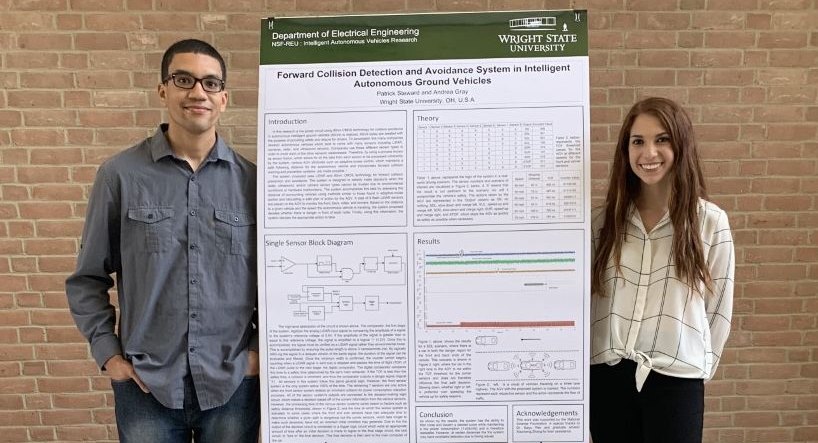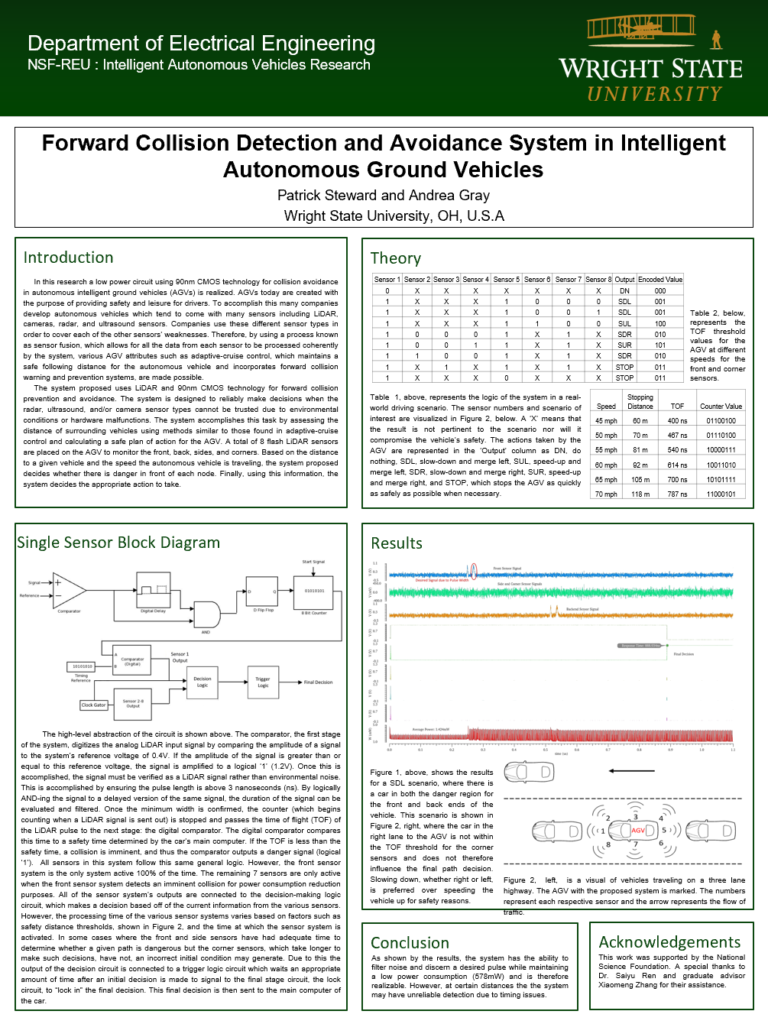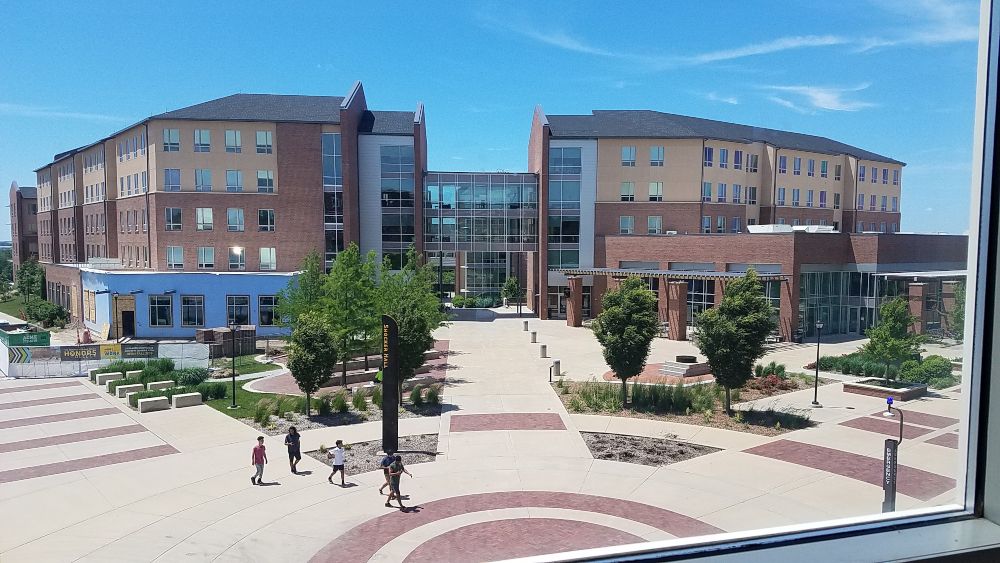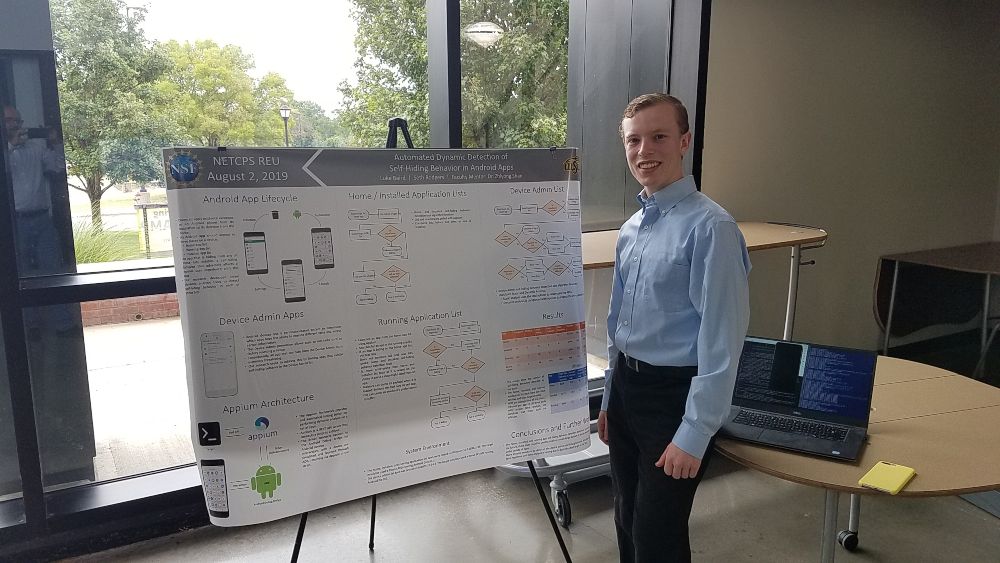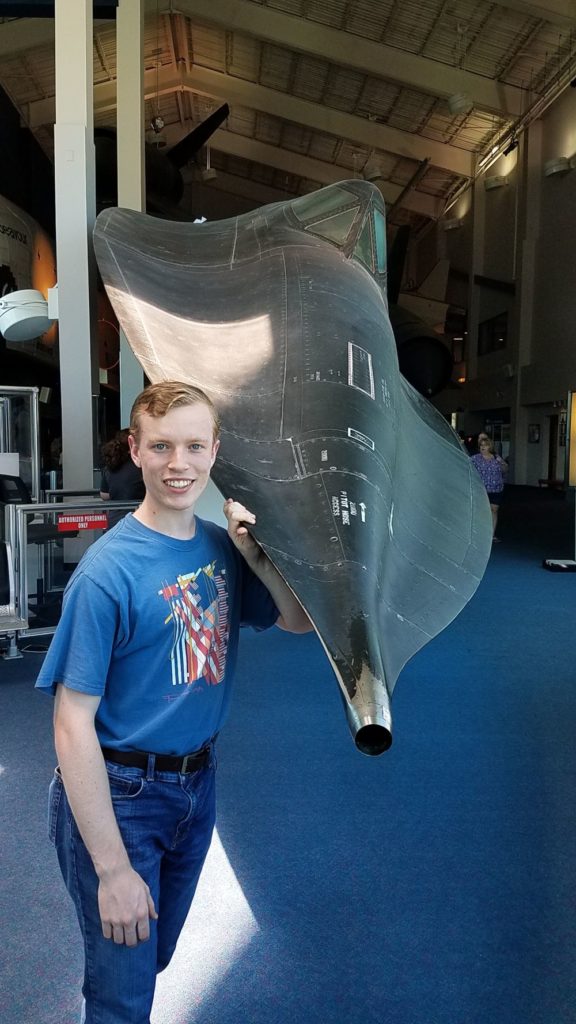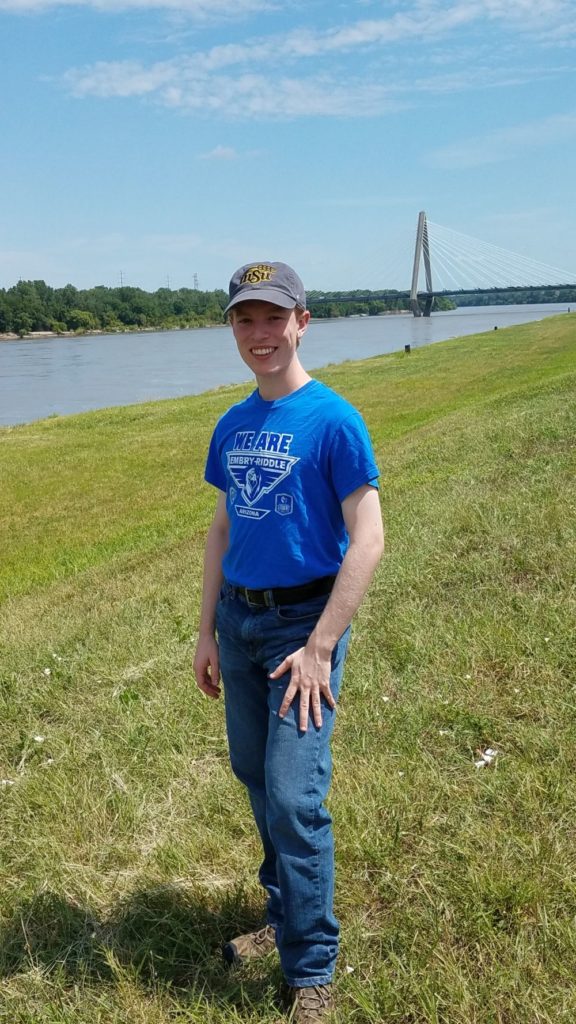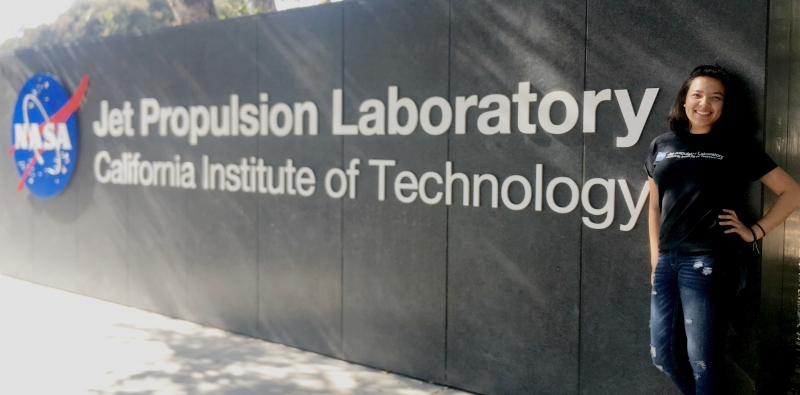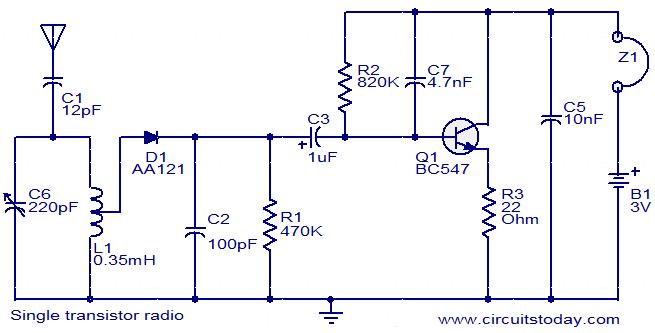by Devon Kisfalvi

My name is Devon Kisfalvi and I’m a part of the class of 2023. My major is Electrical Engineering with a minor in Systems Engineering. My amazing internship experience started January of 2020 before the start of the Spring 2020 semester. This internship wouldn’t have been possible without Embry-Riddle. I had just finished my first semester of freshman year, and became a member of the IEEE (Institute of Electrical and Electronics Engineers) Club on campus. Through them I was able to get a membership with IEEE, learn about the 2020 IEEE Rising Stars Conference, and was able to attend. There I saw Northrop Grumman had set up a table. I went over and introduced myself, and after talking with them they asked for a resume. One of the managers from the Gilbert, AZ office who was at the conference offered me a summer internship.
The internship started May 2020 and was amazing! Even though coronavirus affected most of the in-person events being held, Northrop Grumman was able to still offer multiple opportunities for the interns to meet people and learn more about the company. During my internship I was working with the avionics team on two different projects. The first was working with the internal research and development team on looking for new parts to improve one of the critical systems of a satellite project. This research involved replacing one of the components that would have to be specifically constructed to meet the requirements set by Northrop Grumman and NASA. I communicated with a handful of companies that manufacture those components to ensure that they would meet Northrop Grumman’s and NASA’s requirements.
The second task I worked on with my mentor was collecting documentation for the Landsat 9 (L9) team on the Integrated Electronics Module (IEM) focusing on End Item Data Package (EIDP), which is the final stage of after environmental testing. The documents that needed to be included were parts lists, assembly drawings, among other reports.
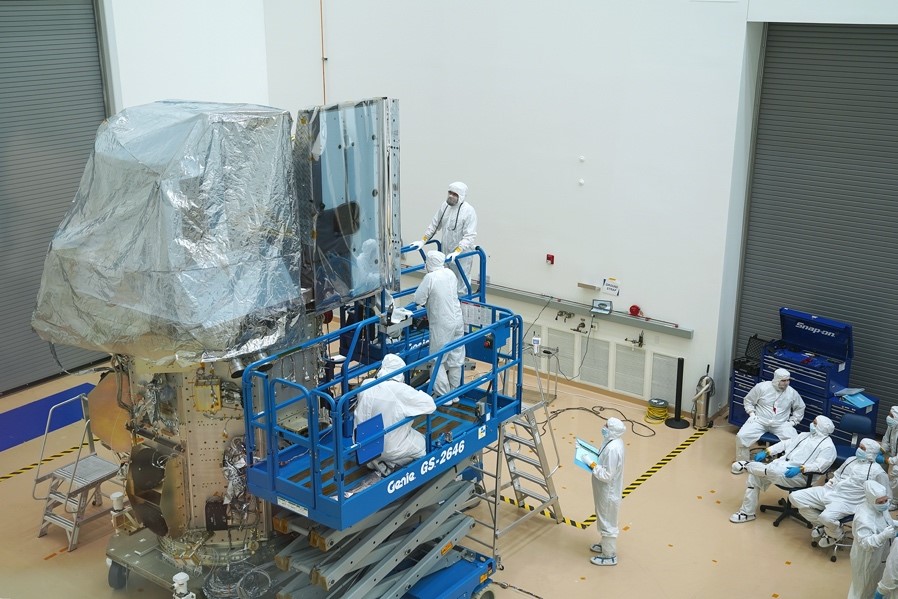
Even though I was just a freshman, the relevant coursework I have taken so far helped me out a lot, like Intro to Engineering (EGR 101), Digital Circuit (CEC 220), and Digital Circuit Design (CEC 222). EGR 101 has helped develop my teamwork skills to effectively communicate and work with teams of any size. CEC 220 helped me understand the coding of Field Programmable Gate Arrays (FPGA), logic of electrical circuits, and how logic circuits connect to create complex devices. CEC 222 helped me understand the basic components of electrical circuits and how they worked. All these classes helped me with my internship.
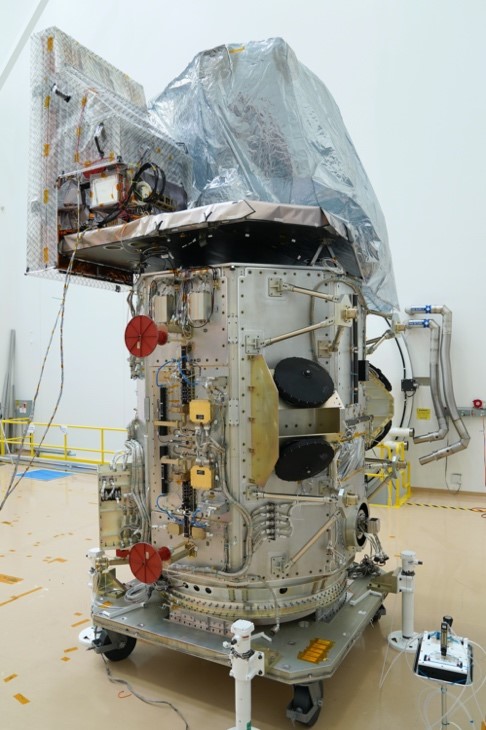
Even though you might only be a freshman there is still a possibility for you to be able to do an internship with a company. One thing that employers look for is how you act and how you present yourself. One key aspect is communication, both verbal and written. Anyone can come up with amazing ideas, but you need to be able to communicate them. You also will most likely be working with teams of people and you need to be able to communicate with your team to be successful. You also have to remember how you present yourself to employers. You must be professional, but you also must be yourself. Go into any possible situation with a smile and make sure to introduce yourself. Start a conversation with them. For example, you could ask a question about the company or something specific that interests you. This shows that you are interested in their company, and leads them to asking you questions about yourself. Embry-Riddle has helped me out so much and as you stay open and professional, anything is possible.



